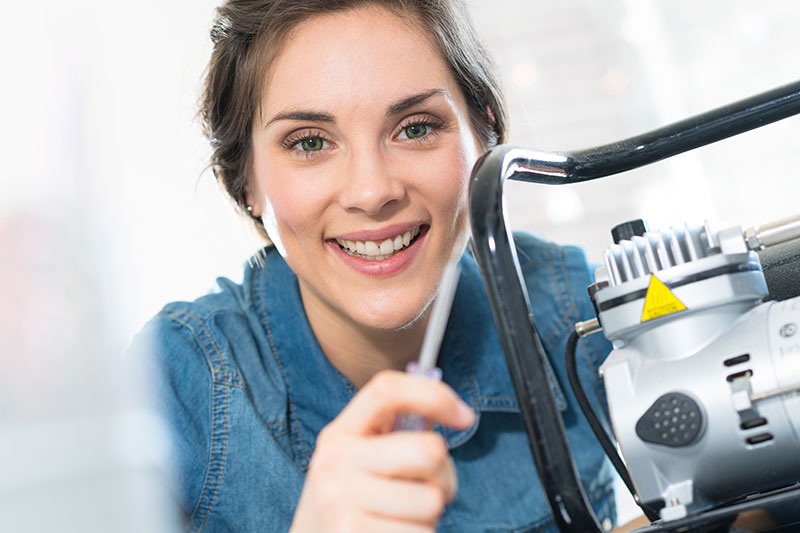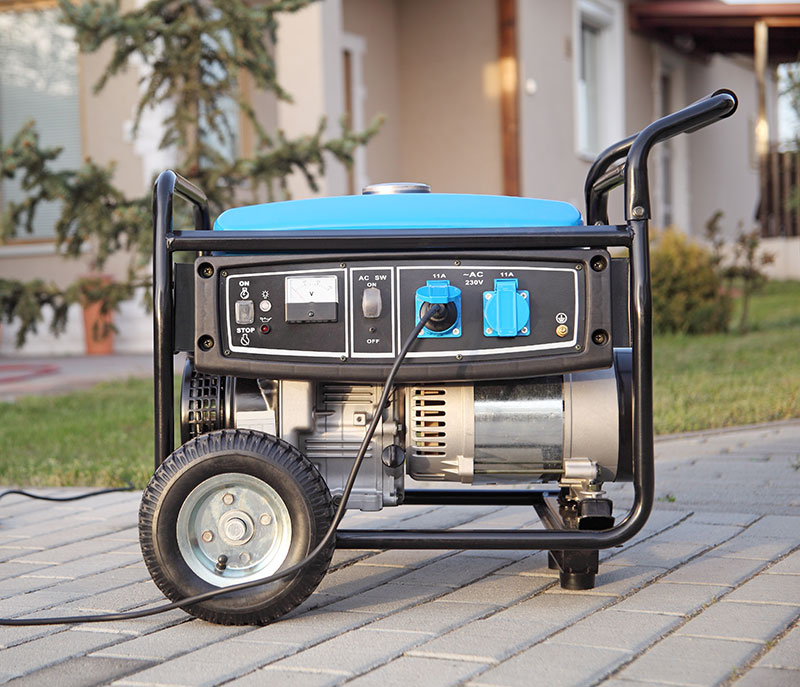Advertisement
In the event of a power outage, generators can offer electricity for necessities. In addition, portables are frequently used as a backup generator in situations where alternative options are unavailable. Portable generators are sure to be far cheaper than standby generators, which would power your home even when the electricity grid has gone down.
Considerations For Your Portable Generator
However, note that the gadget must be in proper working order to secure the protection of your family and neighborhood as misusing it might be dangerous. Carbon monoxide poisoning, electrical shocks, and electrocution are just a few of the dangers this could bring if you use it the wrong way.
These various dangers might kill you. Nevertheless, exposure to carbon monoxide (CO) is the greatest threat. The Consumer Product Safety Commission discovered that more than 900 people died as a result of utilizing generators in the wrong manner, and around 15,400 people required medical care.
Therefore, here are some tips on how to use a portable generator inside your home:
Choose The Best Generator Suitable To Your Power Needs
As soon as you’ve decided why you need a generator, make sure you choose one that’ll fulfill your power supply requirements. You may wisely choose the finest portable generator in your area like Generator Pro and others that can supply any of your power supply requirements.
Make a list of the equipment for which you’d use portable generator power. The refrigerator, lights, media gadgets, and vital charges are all required for a backup power source to function properly and safely.
Check the owner’s manuals or data plates attached to each piece of equipment if you want to know the running wattage or how much power is required to run it. Aside from that, you’ll need to know the starting and surge wattage, which is the amount of electricity required to start the motor of appliances such as your refrigerator.
Place Your Portable Generator In A Secure Place
It’s reported that carbon monoxide is the ‘silent killer’ since it may quietly go into the bloodstream. This prohibits the use of generators in garages, basements, crawl spaces, and interior areas. The American Red Cross recommends installing carbon monoxide detectors in every level of your home and any outdoor sleeping locations. This gas buildup kit is intended to provide a warning of the probability of build-up.
Generators should always be maintained at least 20 feet away from your home, but they should be placed away from doors, windows, and vents to ensure they don’t cause damage. In order to provide adequate ventilation, the Occupational Safety and Health Administration (OSHA) requires that when a generator is positioned close or on top of people, there should be at least three to four feet of open space around it.
Plug-In The Generator Correctly

Heavy-duty extension cords are suitable portable generators. Connect the cables in an outdoor unit by running them through a window or door.
Purchase and utilize extension cables rated for outdoor usage compatible with the generator outlet’s circuit breaker. For example, a 20-amp outlet requires the use of a 20-amp extension cable. Overloading the cord by accident is dangerous. Always utilize three-wire extension cables and avoid defying the ground blade.
Check The Fuel Level Of The Portable Generator
Make sure you have enough fuel before getting started. The generator’s fuel gauge must be on a level surface to achieve correct readings. When adding fuel, check your owner’s manual for specifications.
Next, check the oil level with an oil dipstick. Wipe it off and then re-insert it. Verify that the oil level on the dipstick falls within the two sets of markings written. Check your owner’s manual which states how often the oil has to be changed and then add accordingly.
Power On The Portable Generator and Plug-In Appliances
Follow the user manual for the machine on/off instructions. The circuit breaker and the fuel valve must be turned on before starting it up. Allow the engine to warm up, then switch the circuit breaker.
Attach the appliances to the generator one at a time using extension cables designed for outdoor usage. Ensure that cables aren’t damaged before usage. Cord wattage rating should be more than what you’ve connected into it.
Conclusion
It’s important to remember the safe ways on how to use your portable generator to give backup power to your home. Before purchasing one, research and buy from a reliable portable generator supplier. Read the manuals carefully and see how you can take preventive measures so you won’t endanger your family’s safety.

